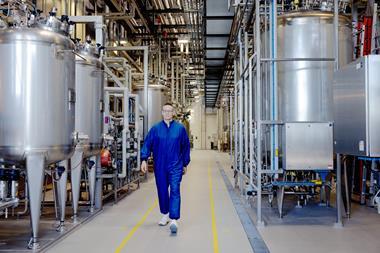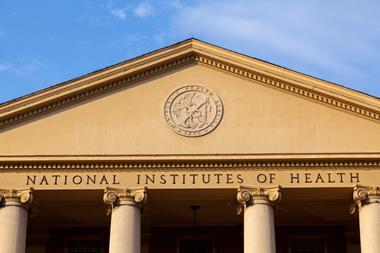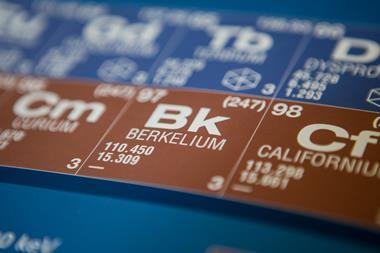Fatty foods could be engineered to prevent weight gain before ingestion
The way that we digest fat could be controlled by food design, providing potential health benefits, according to scientists from Australia.
Fat is an essential part of our diet, but too much of it can lead to problems such as heart disease and obesity. The digestion of fat is also involved in triggering the hormone signals that tell us whether or not we are full. Reducing fat intake in meals is often negated by overeating, so designing food that controls fat absorption is of great interest.
Researchers at the Commonwealth Scientific and Industrial Research Organisation (CSIRO) Food and Nutritional Sciences designed fat emulsions using different surfactants, including protein, phospholipids and common food additives, and monitored how their structures changed during simulated digestion. They also gave the emulsions in a drink form to healthy volunteers and monitored blood triglyceride levels, which give an indication of how the fat is being digested by the body.

The emulsions were deliberately designed to have the same particle size before consumption, but produce different fat droplet sizes in the stomach. Results from both the simulated digestion and blood tests from the volunteers showed that the emulsions producing larger droplets took longer to digest. This may impact on the feelings of fullness triggered by the emulsions, possibly making people less likely to overeat. ’What really surprised us was how using a relatively simple approach could have such a dramatic impact on the rate of fat digestion,’ say the CSIRO scientists. ’Our work shows it may be possible to influence our desire to eat by controlling the rate of nutrient digestion and absorption without affecting the taste or enjoyment of eating food.’
While there has been much research conducted on fat digestion, there has been limited focus on the structural changes to the fat itself. ’The interesting aspect of this work is that it places well-understood colloid chemistry in a physiological context,’ comments Peter Wilde, an expert in food structure from the Institute of Food Research in Norwich, UK. ’Knowledge of how structures respond in digestion can be incorporated into intelligent food design. We’re moving away from just using colloid science in food processing, but rather applying it to provide a positive impact on health.’
The team at CSIRO hope to build on their results to further probe biochemical responses to fat digestion. A follow-up clinical trial has already been completed and there are plans to try out the emulsion designs in more complex food structures.
Vibhuti Patel
Link to journal article
Impact of gastric structuring on the lipolysis of emulsified lipidsMatt Golding, Tim J. Wooster, Li Day, Mi Xu, Leif Lundin, Jennifer Keogh and Peter Clifton,?Soft Matter, 2011, 7, 3513DOI:10.1039/c0sm01227k






No comments yet